I have been playing video games for over forty years. It all started in the arcades in the mid 1970s and eventually, as the coin-up industry started to decline, I gradually switched to consoles and computer games. As a direct result of many hours of joystick waggling and button mashing, I ultimately ended up making a living from creating video games. I will play just about any game genre on any platform, but throughout the years some titles have had a significant impact on me as a gamer and as a game maker. These short blogs are meant to highlight these particular games…
Killer Shark
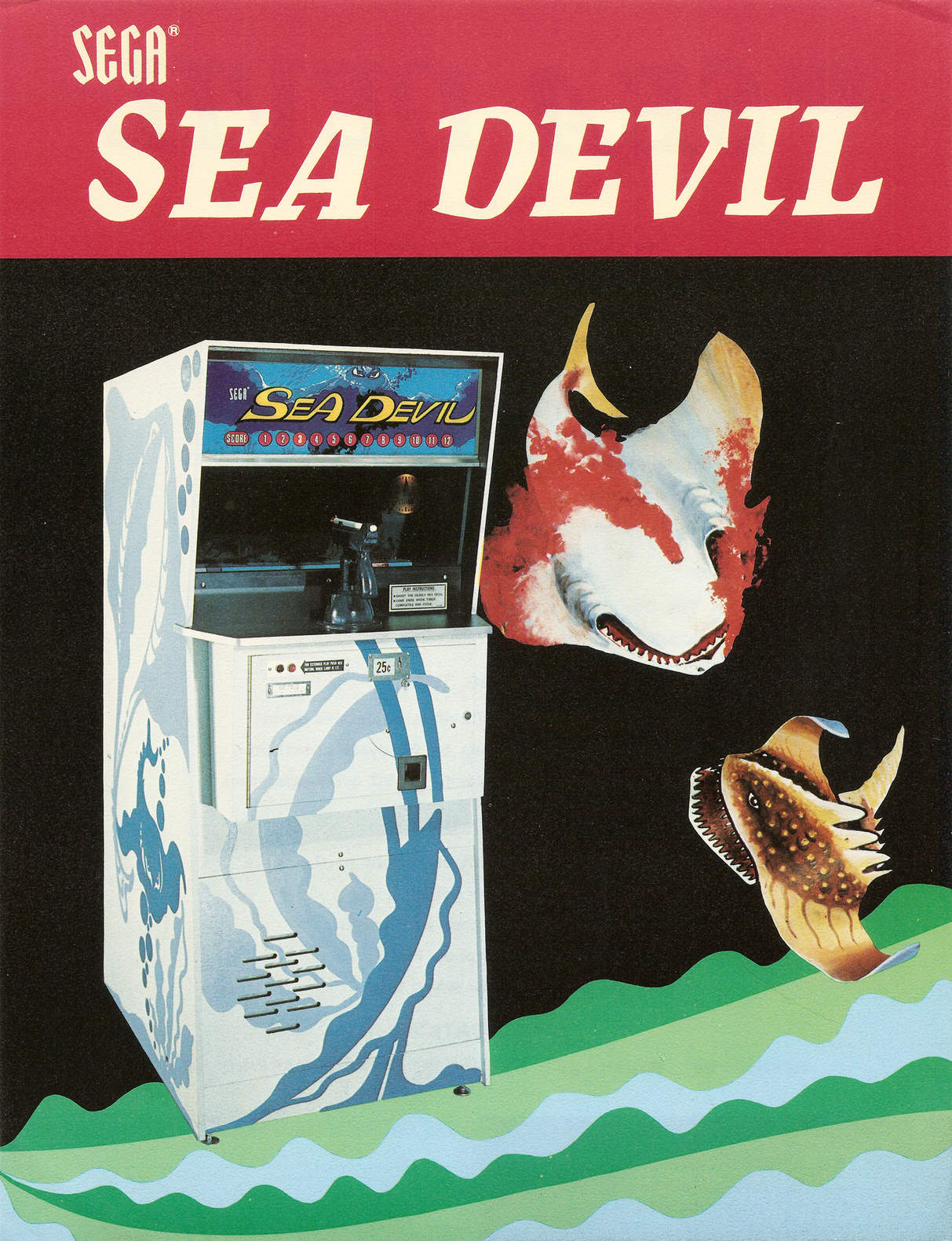
The very first video game I remember playing was Killer Shark (aka Sea Devil), an electro-mechanical arcade machine released by Sega in 1972. You played a diver trying to stay alive against an endless frenzy of man-eating sharks by shooting them with a spear gun.
The cabinet had a series of slides on a wheel that made the sharks move and thrash around when shot. The game featured electronic sound and an eight-track player.
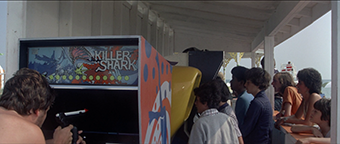

Game & Watch
My next memorable gaming experience was with the 1980 Game & Watch handheld electronic game Fire by Nintendo. I remember spending many stressful hours trying to catch and rescue tiny black and white LCD characters jumping off a building ablaze, using a fireman’s trampoline. I would play until I beat my previous record or until the device’s batteries died and lost all my progress…
A couple of years later I invested my entire summer allowance in a brand new orange multiscreen Donkey Kong handheld, a simplified port of the classic arcade game.
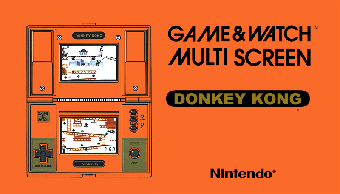
Donkey Kong

Speaking of Donkey Kong, I discovered Nintendo’s breakthrough and acclaimed arcade game sometime after its release in 1981. It was a huge revelation. A giant ape named Donkey (what the–?!) had nothing better to do but to kidnap a girl, climb on top of scaffoldings and roll down a bunch of barrels in an attempt to crush a tiny mustachioed plumber in red overalls…
Designed by the legendary Shigeru Miyamoto, Donkey Kong was one of the very first platform games to offer a relatively complex gameplay for the times. It featured four different stages, an actual storyline and a combination of advanced graphics, animation and sound effects that at age thirteen blew me away.
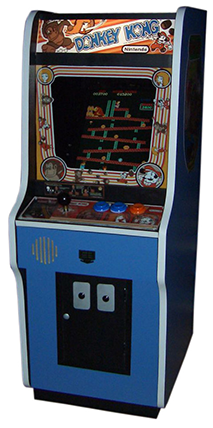
Galaga
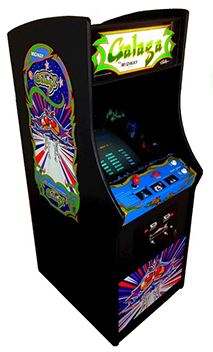
Galaga was yet another classic arcade game that held me spellbound about the same year. The sequel to 1979’s Galaxian, Galaga was a fixed shooter developed by Namco and published by Midway in North America, in which you controlled a laterally moving fighter spaceship assigned to defend your home planet against an armada of insect-like alien invaders: the ‘Galagans’.
Some notable ground-breaking features of Galaga were the way the aliens attacked in formations and also the accuracy bonus awarded at the end of each level to discourage frantic button mashing.

Track & Field

In Track & Field, an Olympic-themed game published by Konami in 1983, you controlled one of four porn stash bearing characters in six successive athletics events.
The gameplay consisted in alternating presses on two run buttons as quickly as humanly possible to control your speed and then using an action button to either jump or throw a javelin, or a hammer. Your score would then be compared to the other competitors and your world records saved for everyone to see.
You could challenge up to three of your friends. This was one of the first ever multiplayer competitive sports games.
Speed button-mashing, timing and rhythm were key in Track & Field. I remember using random objects like a coin, a plastic ruler or even once an electric toothbrush, to try and shave a few milliseconds off my best run time.
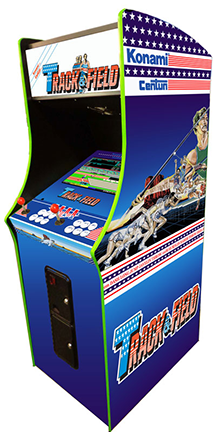
Between 1981 and 1983 my only goal as a teenager was to sneak out to the nearest arcades and spend all my pocket money on Donkey Kong, Galaga and Track & Field. It was the golden age of arcade video games and what I didn’t know back then was that I had found my true calling.
